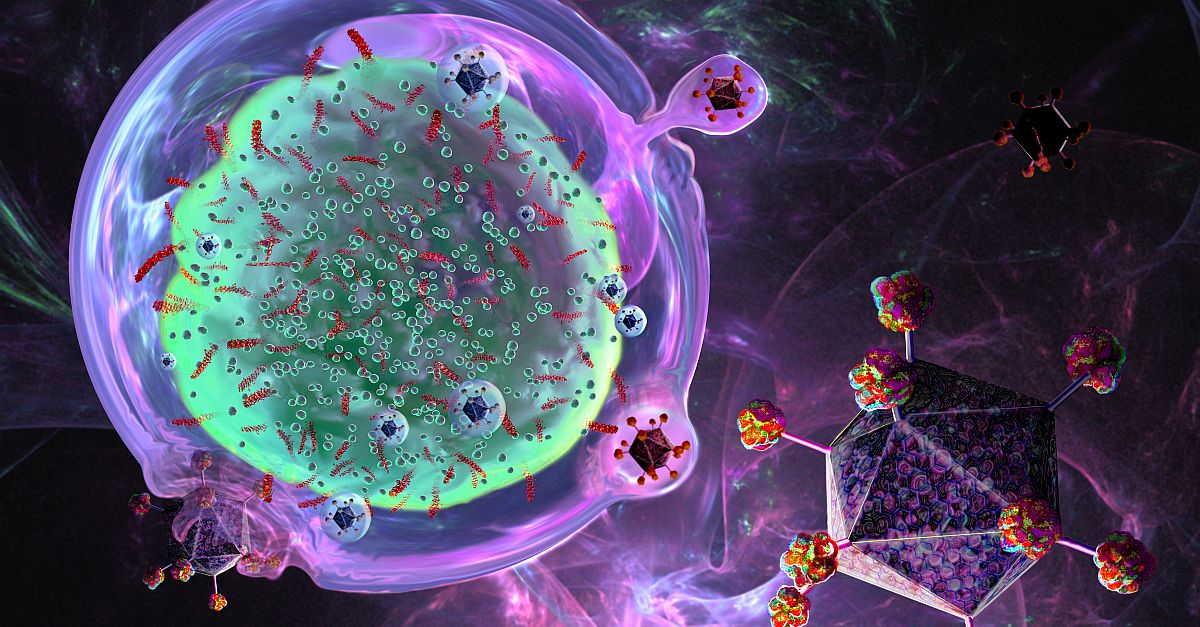Myeloid neoplasms (MNs) after chimeric antigen receptor (CAR) T-cell therapy are a frequent topic for discussion among clinicians and regulators, as these therapies see increasing use for hematologic malignancies. Given the potential for prolonged survival and subsequent toxicities with CAR T therapies, understanding their long-term adverse effects has become a priority. However, there remain uncertainties about patient counseling, risk stratification, and potential surveillance strategies. In a research letter published in JAMA Oncology, Mark Gurney, MB, BCh, BAO, and colleagues shared results from an analysis of incidence and factors associated with post-CAR T MN events among patients with lymphoproliferative disorders or multiple myeloma who received CAR T between June 2016 and December 2021. Post-CAR T MNs occurred in 4% of patients at 1 year, 6% at 2 years, and 9% at 3 years. The authors found that older age, lower hemoglobin level, and lower platelet count were associated with post-CAR T MNs, suggesting that these factors may be used to stratify MN risks occurring in patients after CAR T and to guide counseling and surveillance strategies.
In a subsequently published JAMA Oncology research letter, Ryan Storgard, MSc, and colleagues reported similar results from a retrospective cohort study designed to assess whether there is a disproportional increase in second primary malignant neoplasms (SPMNs) and T-cell malignant neoplasms (TCMNs) after CAR T therapy. Their analysis included adverse event reports of 84 55 patients treated with CAR T therapy from the US Food and Drug Administration Adverse Event Reporting System database between September 2017 and September 2023. SPMNs were reported in 4.6% of patients, and more than half were MNs. A disproportional increase in SPMNs and TCMNs was reported for patients treated with CAR T therapy, but the authors noted that this increase may not be a direct result of CAR T, given the likelihood of prior tumorigenic therapies among these patients.
High level
The authors of both letters cautioned that MNs after CAR T-cell therapy should be interpreted in the context of the substantial treatment burden among patients receiving these therapies and could not be directly attributed to CAR T exposure because of prior cytotoxic therapies. It remains to be established whether these cases are causally associated with genetically modified CAR T. The observations from these analyses cannot be ignored but should be validated in larger multicenter or registry-based studies before widespread policy changes are made.
Ground level
Overall, the lower number of reported cases suggests a favorable risk-benefit ratio still exists despite the observed potential for MNs after CAR T-cell therapy. Decisions regarding CAR T therapies must be made on an individual basis, and additional monitoring may be appropriate for those with advanced age, low hemoglobin level, and/or low platelet count.

